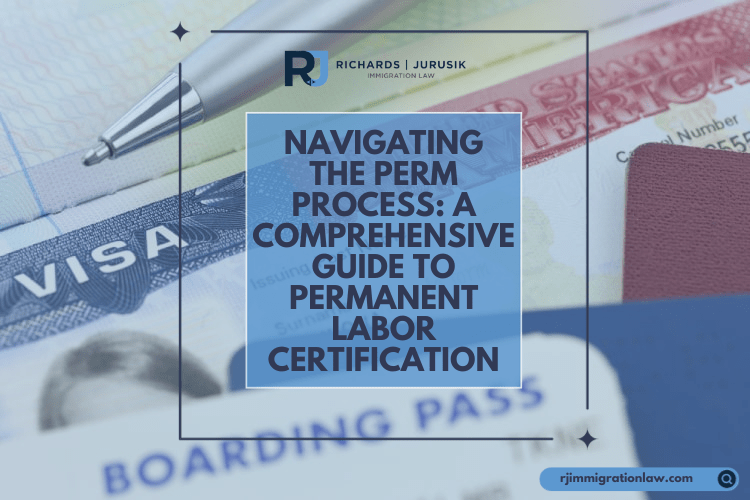Understanding the Cap-Gap Extension
The cap-gap extension is a regulatory provision designed to extend eligible students’ F-1 status and any current employment authorization to start their approved H-1B employment. This extension fills the “gap” between the end of F-1 status and the start of H-1B status that might otherwise occur due to the timing of H-1B petitions.
Who Qualifies?
F-1 students who are beneficiaries of a timely filed cap-subject H-1B petition requesting a status change to H-1B on October 1 are eligible. A petition is considered timely filed if submitted during the H-1B filing period (beginning April 1) while the student’s F-1 status remains active.
Cap-Gap Extension Period
The cap-gap extension automatically begins upon the expiration of the F-1 student’s status and extends until October 1, the start date for the new fiscal year’s H-1B visas. However, if the H-1B petition is denied, withdrawn, or not selected, the extension terminates, triggering a 60-day grace period for the student to depart the U.S.
Employment During the Cap-Gap Period
Eligible students can continue their employment without interruption during the cap-gap extension period, provided their OPT was valid at the time of the H-1B petition filing. However, those who have entered the 60-day grace period are not authorized to work.
Travel During Cap-Gap
Travel abroad is allowed for students with an approved H-1B petition and status change. However, reentry to the U.S. is contingent on returning before the commencement of H-1B employment and is ultimately at the discretion of U.S. Customs and Border Protection.
Cap-Gap Challenges
Proof of Continuing Status
No application is needed for the cap-gap extension, and no new Employment Authorization Document (EAD) will be issued. The proof of continuing employment authorization is an updated Form I-20 indicating the extension provided by the student’s Designated School Official (DSO).
Denied H-1B Petitions
Should the H-1B petition be denied, revoked, or withdrawn, the student enters a standard 60-day grace period to depart the U.S., barring any violations that would negate this grace period.
Changes in Employment
Students approved for H-1B status who are laid off or terminated before their H-1B start date can retrieve any unused OPT time if they possess an unexpired EAD and ensure their status remains compliant by promptly reporting changes to their DSO.
Conclusion
The H-1B Cap-Gap Extension is a crucial provision for F-1 students transitioning to work visas in the U.S. Understanding its nuances, eligibility criteria, and obligations during the extension period is essential for a smooth transition. For more detailed guidance and updates on immigration policies, students are advised to stay in close contact with their DSO and immigration lawyer.







